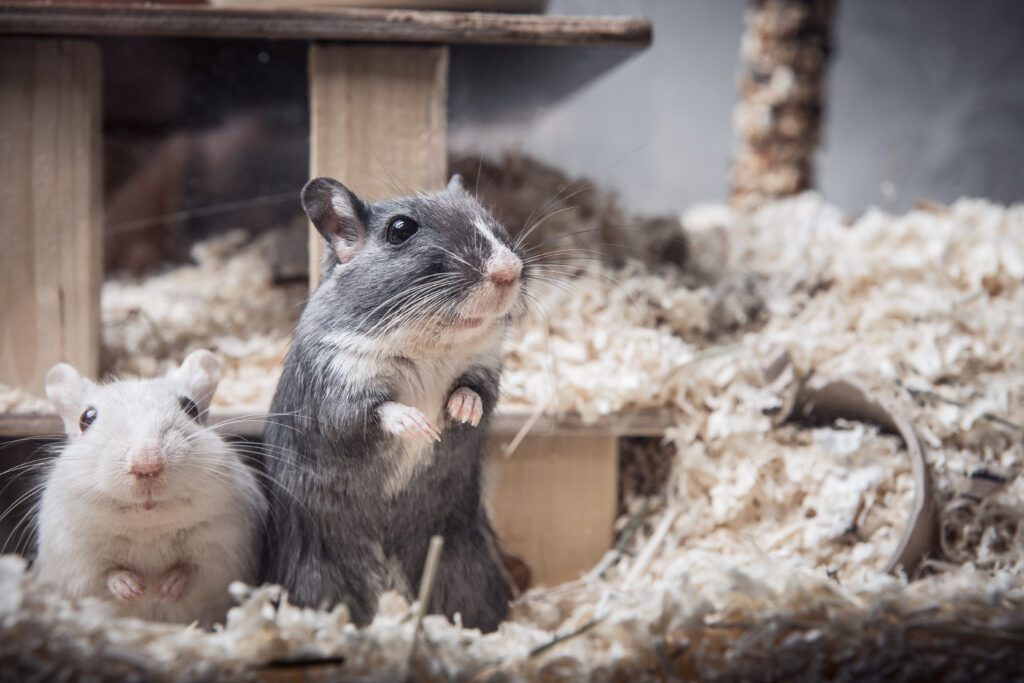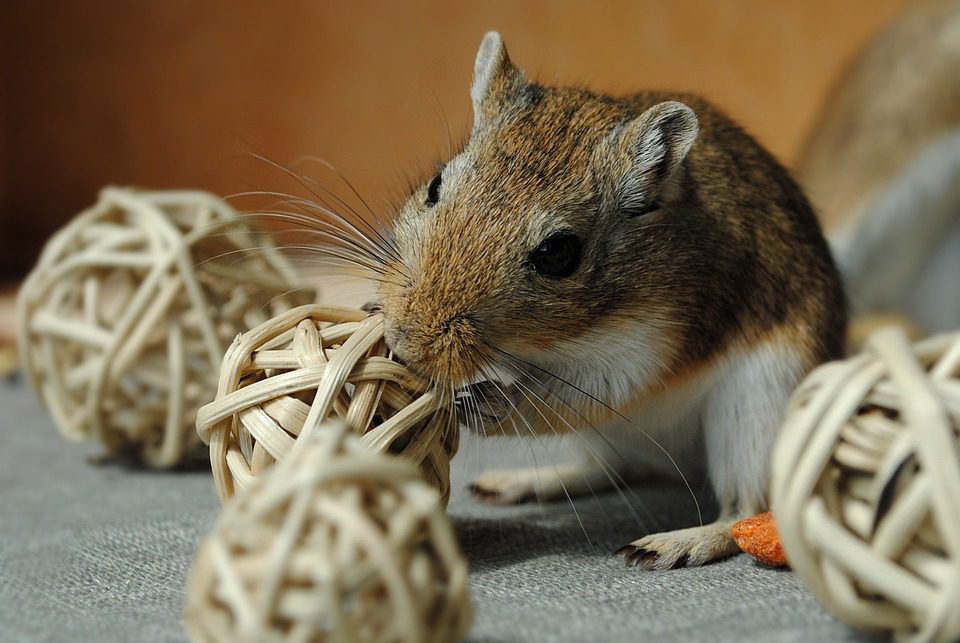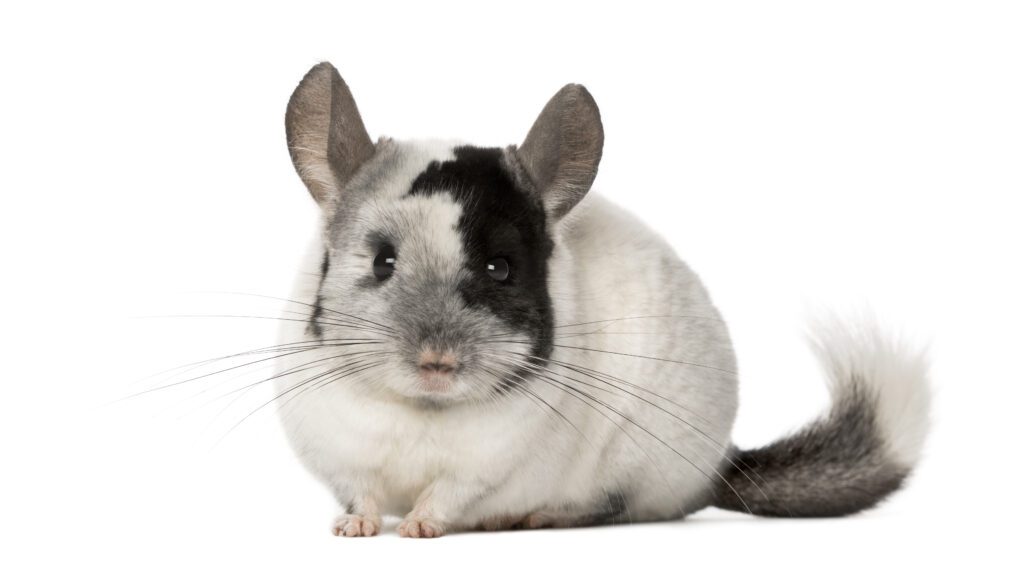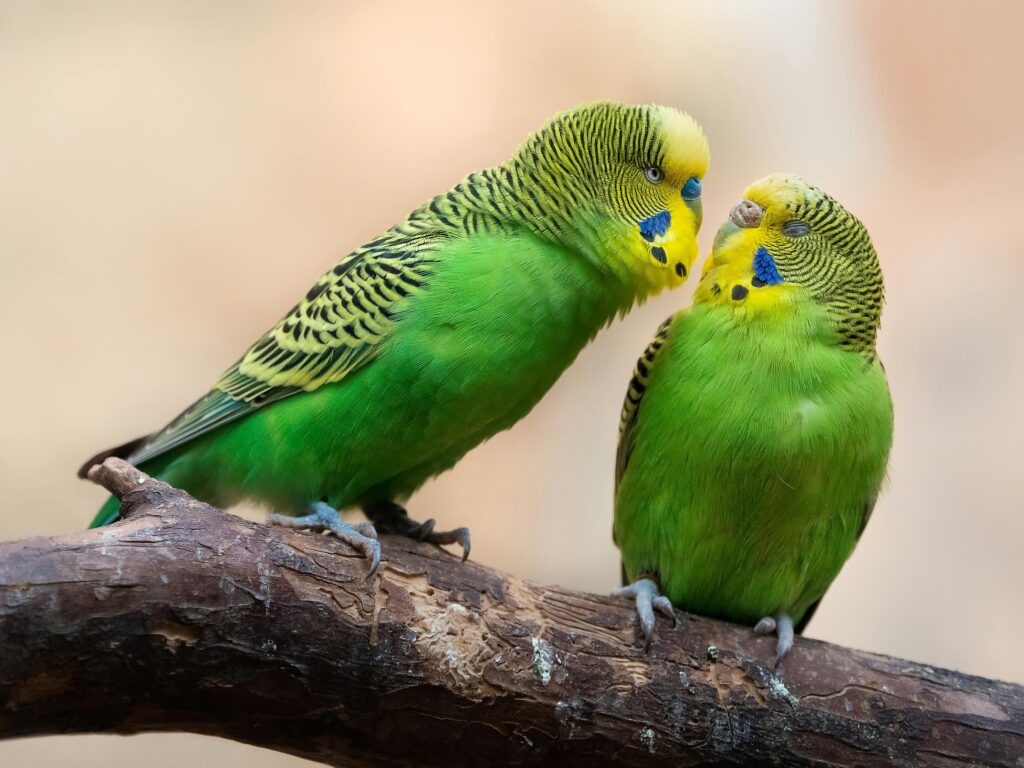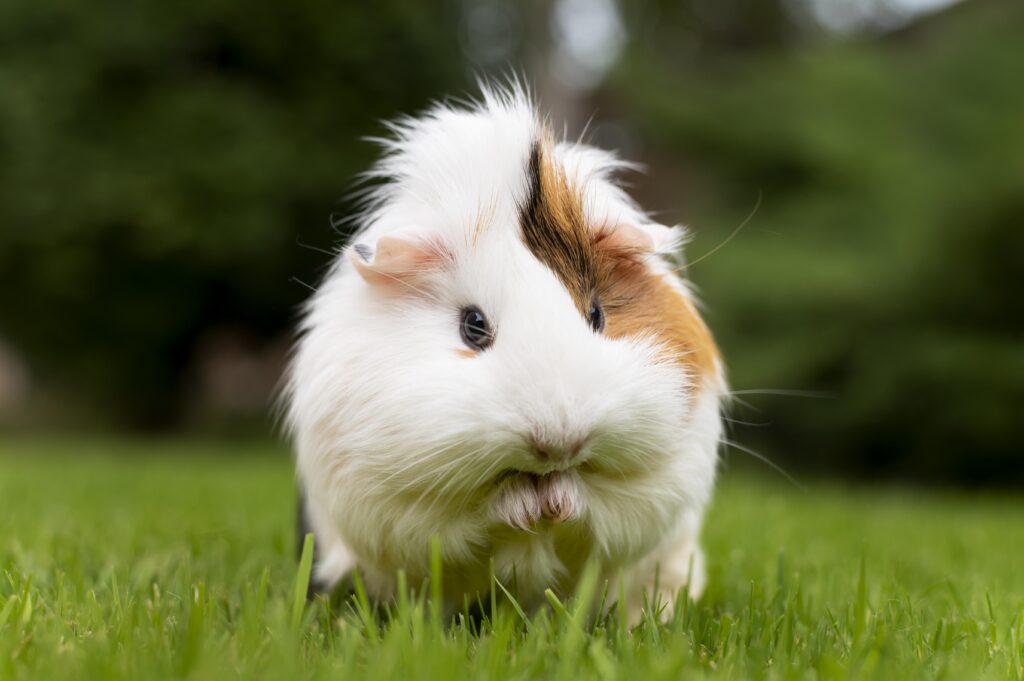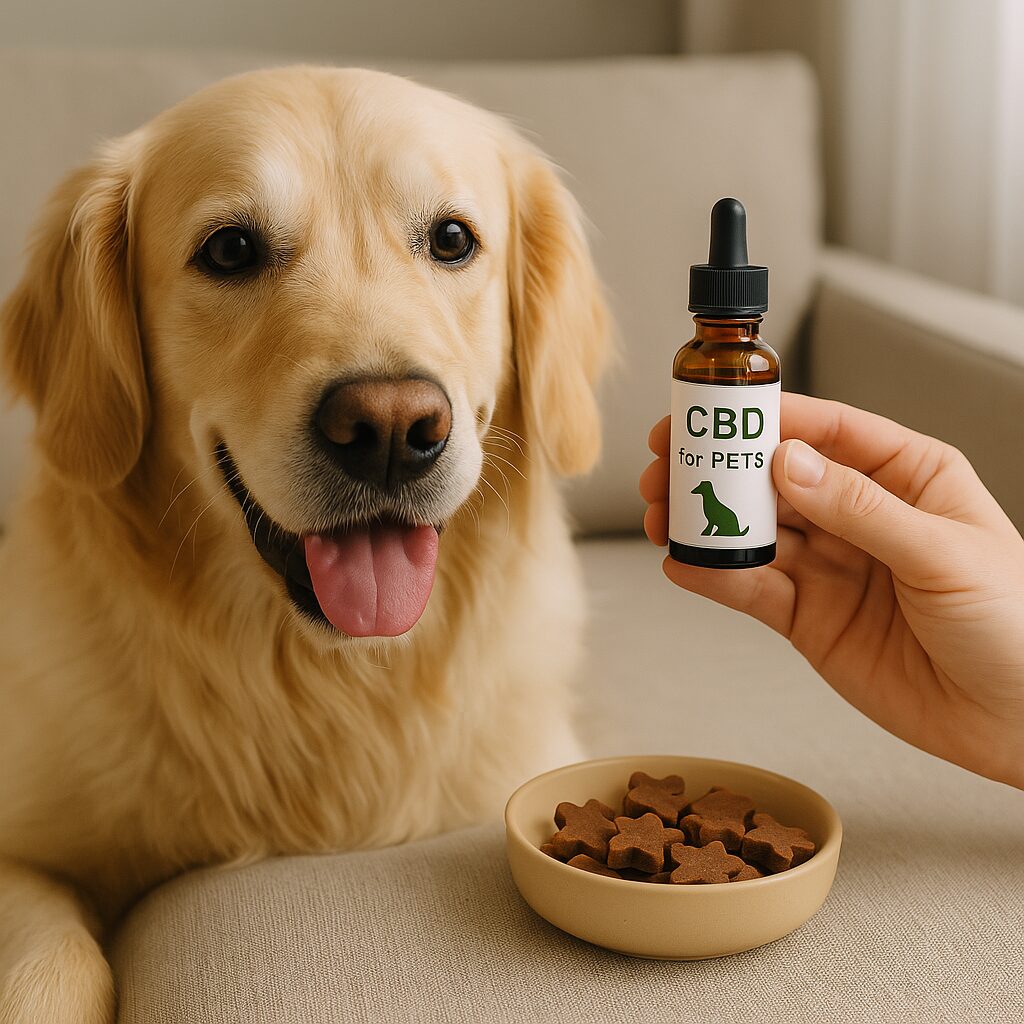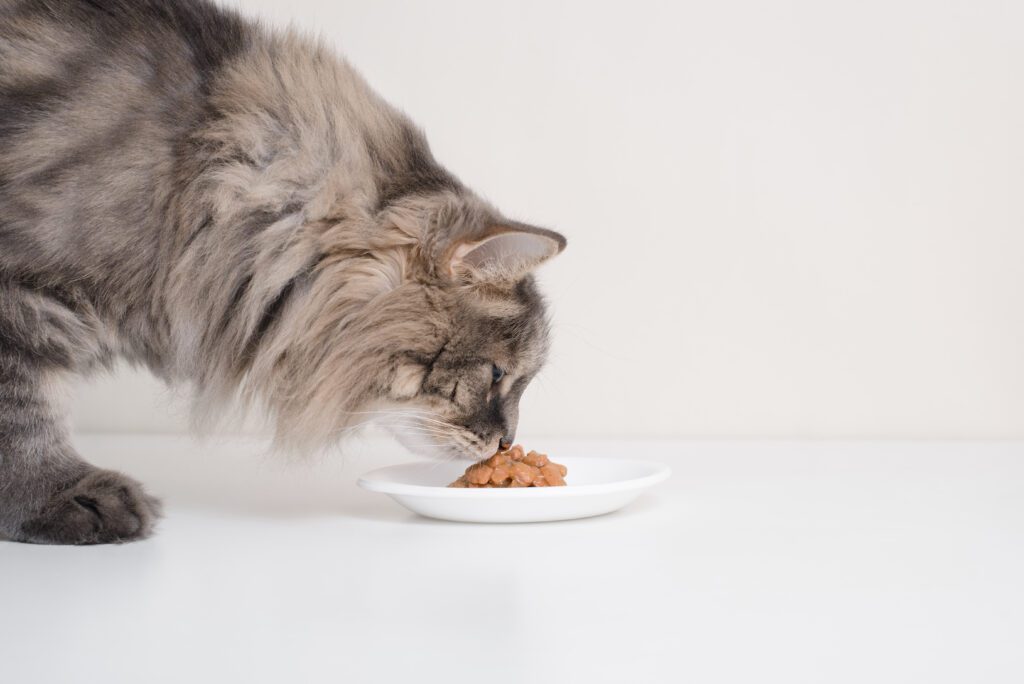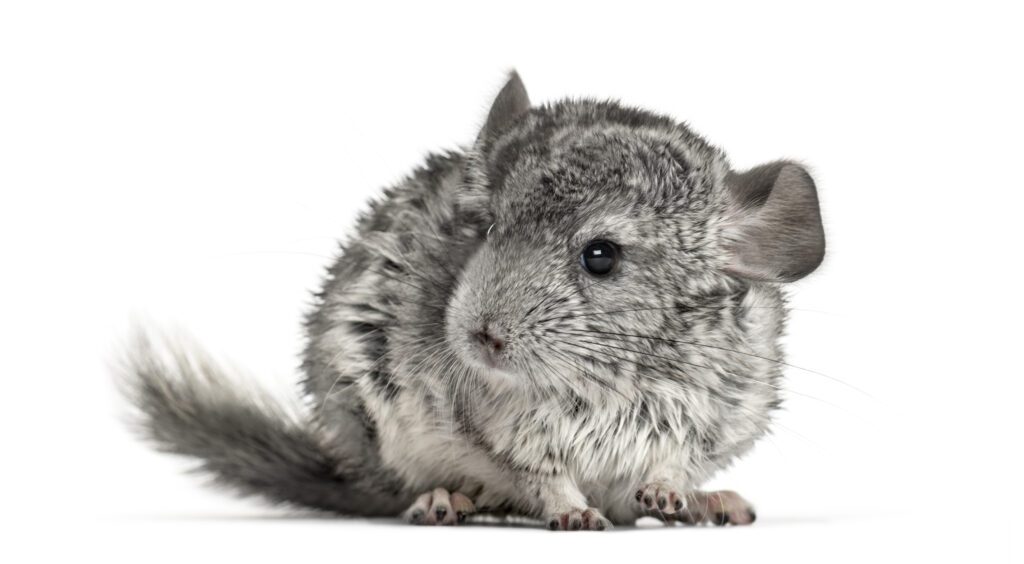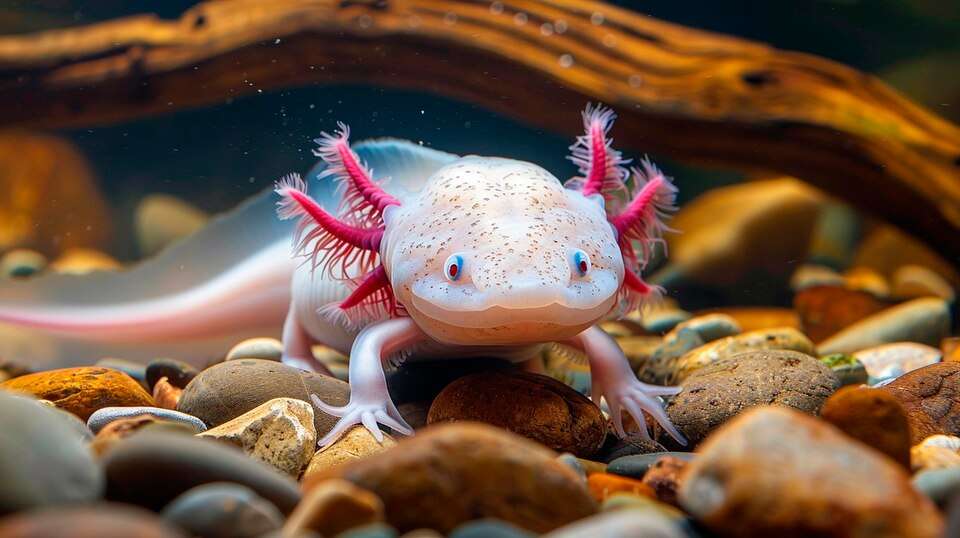
TOPICS COVERED
ToggleLearn about How Many Axolotl Colors Are There. Discover the fascinating variety of axolotl colors, including wild type, leucistic, albino, and more in this detailed guide.
Introduction
Mexican salamanders are also known as axolotls. Mainly axolotls are known for their unique look and varied color morphs. In this variety of colors and designs vibrant amphibians are found, each with a genetic lineage of its own.
The axolotls, more commonly known as Mexican walking fish, are fascinating amphibians with remarkable regenerative qualities, and individually different appearances. What the most interesting about axolotls is the colorful morphs that make them the choice for enthusiasts and researchers.
How Many Axolotl Colors Are There?
According to experts, there are 13 unique color varieties of axolotls, such as leucistic, white albino (also known as golden albino), and wild type. Although there are rare colors (hard to get) and expensive, others tend to be less rare and, hence more affordable. These creatures are adorable and mysterious regardless of what hue their bodies may come in so they often serve as intriguing pets for anyone who fancies them.
1. Golden Albino Axolotl
The golden albino axolotl has a coloration that is bright gold-yellow and a bright combination with red or orange eyes. It has no pigmentation, but a hint of yellow, which gives the axolotl a golden complexion. They possess such striking features, making them one of the most sought-after morphs in the pet trade. Due to their color, they are far from the more faded colors of other axolotl morphs.
2. Melanoid Axolotl
The exteroceptive axolotls’ deep blackness is caused by missing iridophores that wild types have which reflect light on them. The result is an overall look of pure darkness all over the body but this time with a shiny surface property. They lack all flashy spots or shiny attributes present in between their intermorphs as they stay melanoid. They have attracted hobbyists because they are smooth and even dark.
3. Leucistic (Pink) Axolotl
Leucistic axolotls are differentiated from one another by having white skin that is tinged with pinkish-blue or even purple; their eyes remain black like in other varieties. Leucistic axolotls lack dark pigments seen in the wild-type axolotls but have red gill filaments as well. A soft pink hue makes them appear more like delicate creatures than they are. Leucistic forms rank among the most popular ones kept as pets because of their appealing and unique nature.
4. White Albino Axolotl
The white albino axolotls have a nearly white body with a light pink or yellowish shade and red or pink eyes. The albino resembles this morph but with a more see-through and pale complexion. Ghostly and ethereal appearance due to the lack of darker pigmentation on them makes them visually appealing thus they are preferred by many collectors.
5. Wild Axolotl
Axolotls of the wild type are essentially dark with markings that can be described as mottled in a mix of black, brown, and gray. This color enhances their ability to blend in with their natural environment, which is aquatic. The wild type represents the original coloration found in nature, providing camouflage for them amidst the murky waters and the various types of plant life in their native habitat.
6. Axolotl Color Morphs
Axolotl’s color morphs refer to the numerous diversities in color and pattern of these amphibians. These morphs occur due to diversity in genetics as well as controlled breeding. Every morph has its identifiable physical characteristics inclusive of intensity of color and even eye color making it unique thereby adding value to people who keep axolotls.
7. Axanthic Axolotl Morph
White albino axolotls are in color nearly white with a light pink or yellowish shade. They have red or pink eyes. This morph resembles more closely the albino but is rather more translucent and pale. The absence of dark pigmentation gives these axolotls a ghostly, ethereal, and visually appealing appearance, hence their popularity among collectors.
8. Chimera Axolotl Morph
Axolotl chimeras are individuals that combine two different coloring patterns or morphs. This phenomenon is a result of two zygotes merging during the early stage of embryonic development, which gives rise to patches displaying varied colorations. This breed is rare and is greatly appreciated because of its distinctive looks.
9. Copper Axolotl Morph
Copper axolotls have a warm copper-brown color with a metallic sheen. Shiny, reflective qualities are commonly observed in these animals due to various shades of color from light bronze to deep copper. Their skin pigmentation is what specifically makes them appear unlike others, thus they look attractive in the eyes of most collectors.
10. Enigma Axolotl Morph
Color patterns in axolotls of the variety known as enigma can be strikingly odd and changeable. These animals come in different shades including speckled or blotchy ones brought about by different genes. Each enigma axolotl has its unique and sometimes unexpected patterns that are valued in this species.
11. Firefly Axolotl Morph
Firefly axolotls fluoresce under ultraviolet light with either a yellowish-green or bright-green hue. This lighting up occurs as a result of the fluorescent proteins that produce a fascinating glow in darkness. These animals are loved most by people occupied with elements of light such as; bioluminescence or any other weird visual effect.
12. Green Axolotl Morph – Green Fluorescent Protein (GFP Axolotl)
Glowing bioluminescently under UV light, GFP axolotls often leave onlookers mesmerized. This population primarily serves research to study how genes are expressed and cellular processes occurring in our bodies. They not only serve as pets but they also help people learn biology more simply; hence the attraction of many students worldwide.
13. Mosaic Axolotl Morphs
Mosaic axolotls feature patches of various colors and patterns on their bodies. Such morph is derived from the combination of different color genes, hence creating a unique and haphazard appearance. Mosaic axolotls are prized for this diversified unpredictability that makes every axolotl visually distinguishable and appealing.
14. Lavender Axolotl/ Silver Dalmatian Axolotl Morphs
The primary characteristic of silver Dalmatian axolotls is a dark body with silver spots while lavender axolotls are just slightly lavender or light purple. Both morphs are simple and charming in their ways, soft lavender being kind and silver Dalmatian very striped.
Habitat and Behavior
Axolotls are endemic to the Xochimilco Lake system. Since their lakes are currently intensely polluted and fragmented, axolotls are considered critically endangered. Axolotls prefer cool waters with abundant vegetation that are moving only slowly. Axolotls are nocturnal and primarily solitary, spending most of their time in hiding in the substrate or among aquatic plants.
Regenerative Abilities
One of the most amazing characteristics of the axolotl is its ability to regenerate tissues entirely new limbs, and parts of the brain tissue from the heart as well. Therefore, these animals’ ability to regenerate themselves opens up avenues for studies investigating the regeneration of tissues and possible medical uses in humans.
Reproduction
Axolotls reproduce with external fertilization whereby males use a spermatophore sperm packet- to inject sperm into the female. Females lay hundreds of eggs that hatch into larvae after weeks. Axolotls are one amphibian species that never undergo the said metamorphosis, remaining in their larval stage throughout their lives.
Conservation Status
Habitat destruction, pollution, and invasive species are largely responsible for the critically endangered status of the axolotl. To save this creature, efforts are being made to restore its natural environment through preservation schemes. In addition, their strange looks have made them a favorite amongst breeders hence leading to their overharvesting for commercial purposes.
FAQs
Are there any rare axolotl colors?
Yes, and there are some rare axolotl colors. There is the copper morph, which has a reddish-brown coloration on its axolotl. Piebald axolotls have irregular white or lighter tones against a darker base. Chimera axolotls- they also have a unique mix of colors-are very rare.
What is the GFP axolotl, and why is it used?
There is one genetic variant in which a green fluorescent protein (GFP) has been implanted into its genome hence causing its skin to illuminates when viewed with UV light. These animals are used mostly for scientific purposes such as following cellular processes or doing research about genetic engineering.
How can I care for axolotls of different colors?
Taking care of any colored axolotls entails creating an appropriate surrounding that is cool as well as clean and having a water filtration. Their basic care requirements are not affected by the colors of their skin. You should; however, know that albino and leucistic axolotls might be more susceptible to intense illumination.
Can axolotls change color?
Most axolotls do not become color-changers after they are mature, but the colors can certainly appear to change based on the water quality, lighting, or even what one is used to seeing. For instance, albino axolotls can look somewhat different under different lighting conditions, but their inborn color is the same.
What factors influence axolotl color variations?
Axolotl color variations are achieved by genetic mutations and selective breeding, but for real, specific genes regulate pigment production and its distribution resulting in other color morphs. Environmental factors, for example, lighting and water quality, can influence how colors may be expressed on them but do not change the underlying coloration.
Conclusion
The axolotl is one of the species which can boast of an immense amount of colors. Every color morph in axolotls is due to specific genetic mutations that vary and affect pigmentation differently. From the basic Wild Type to the more exotic Golden Albino, every single kind of axolotl color morph has its quaint beauty that makes them extremely popular for scientific studies and as pets.

